“I think that’s what this shop does so well,” says David Linley, from over his third cup of tea. “It’s a place where people come to meet. Not necessarily to buy things, but to be inspired by them.”
When you enter David Linley’s flagship store on Pimlico Road, the designer’s words ring true. You’ll marvel at tables whose designs mimic movement. You’ll see chairs so like works of art you wouldn’t dare sit on them. You’ll see photo frames considerably more interesting than any image you could put in them.
“It’s a place where people come to meet. Not necessarily to buy things, but to be inspired by them...”
But that’s because the furniture and homewares created by Linley’s eponymous company are not only designed to be functional, but also serve as visual treats. Artworks blended seamlessly into the home, they are, as a former director of the V&A museum once rhapsodised to Linley: “The antiques of the future.”
It’s an accolade well-deserved. Each piece is devised using a masterful combination of ancient techniques from the time of Chippendale, paired with the precision and expertise of modern-day machines. As Linley himself says: “We want to make the furniture a combination of 18th century and 21st century.”
His team is as meticulously crafted as his furniture
Linley is, justifiably, incredibly proud of his ‘network’ of craftsmen around the country. Assembled himself, to staff his own workshops, this group of exceedingly talented individuals all bring their own signature styles and techniques to the designer tables — but every end product is undeniably Linley.
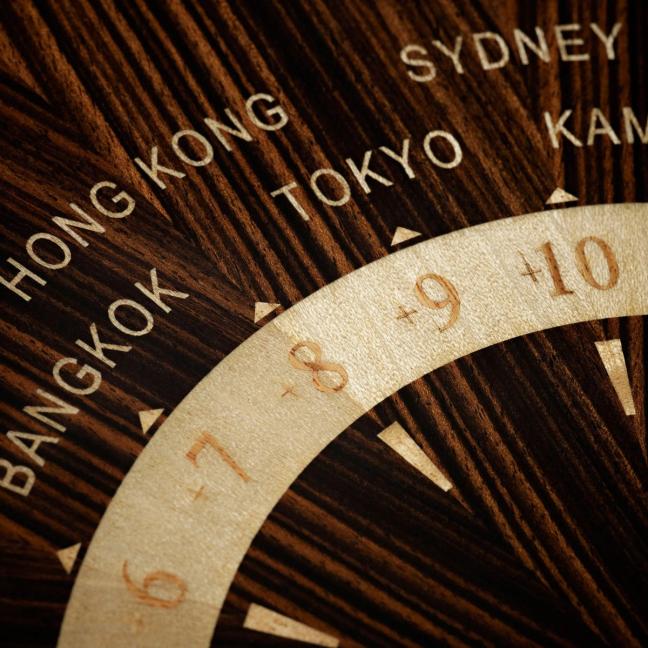

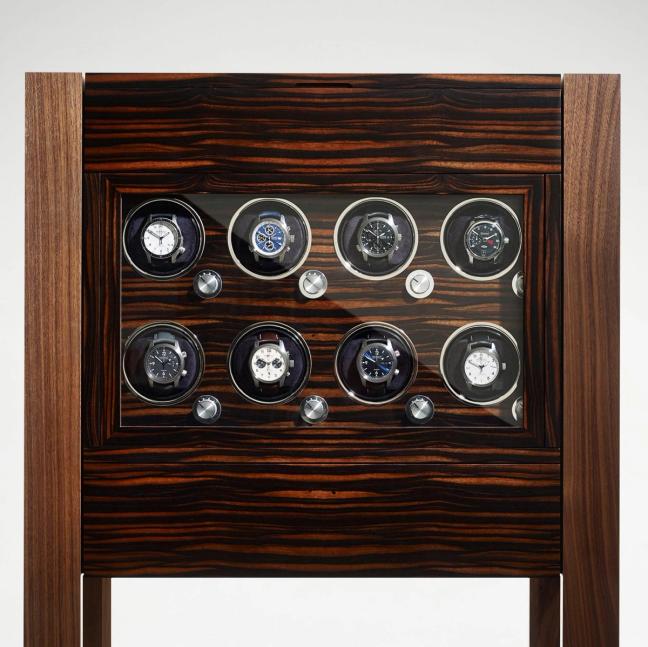
“Dovetails are made by hand,” says Linley, describing just how hands-on the building process is. “Polishing is done by hand. All sorts of things are done by hand — just like they would have done in the past.”
But not everything is done by hand. In a modern age, where the consumer expects a certain level of precision, the businessman in Linley has accepted that modern machinery is necessary for the finer finishes. This attitude to technology even extends to his own pocket, where an iPhone is as key to building his contact book as good old-fashioned, in the flesh networking.
Linley has a wide reach in the art world
There are designers, those who have decked out the homes of A-listers or taken on commissions from celebrities around the globe, who like to drop names. They shoehorn these big names into any and every conversation they can, just to puff up their own importance. David Linley is not one of these designers.

“I bring people together,” he instead admits humbly. It’s quite the understatement. With his role as Hon. Chairman of Christie’s in Europe, the Middle East, Russia and India — as well as running his own company — Linley travels the world. He meets everyone from moneyed art collectors in Dubai to renowned watchmaker F. P. Journe.
“I’ve always tried to not be known as the designer and give credit to the other people,” Linley says.
The business behind the design is what takes real skill
“It’s all very well being able to plane and saw and make a dovetail,” says Linley, “but you do need the infrastructure and you do need the funding and you do need the wherewithal and a bit of planning.
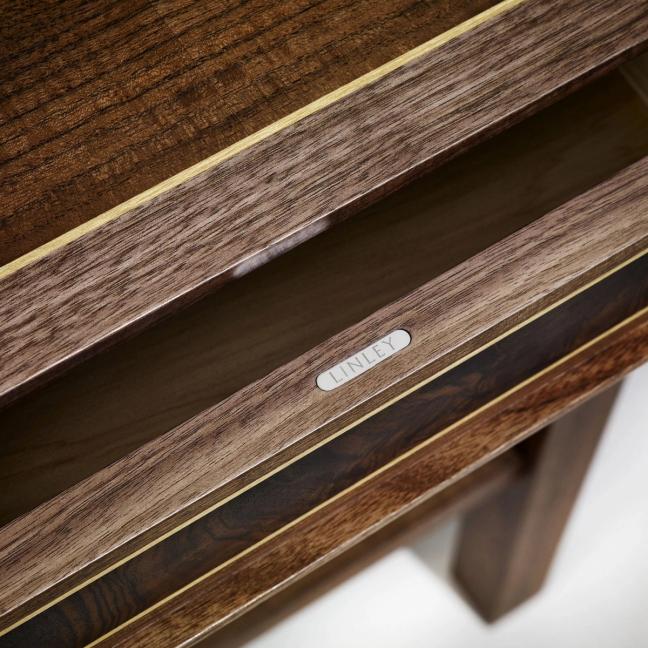
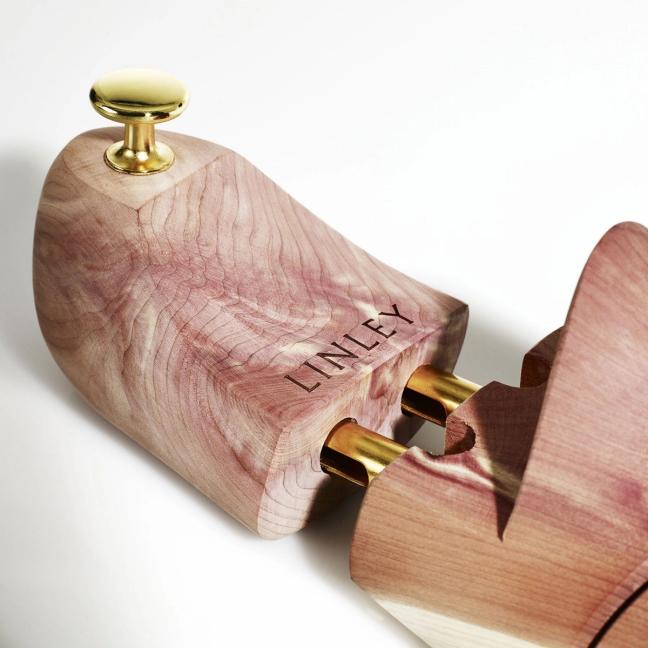
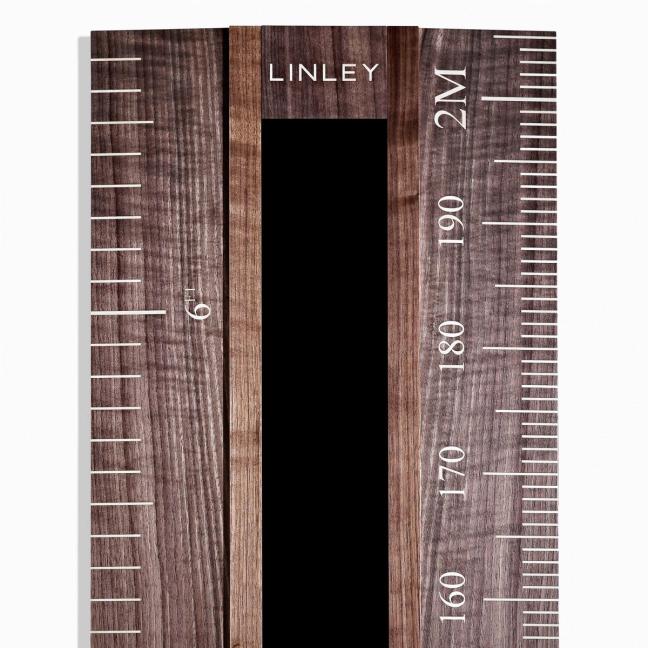
“When we started, we had no plan,” he continues. “We left college on the Friday we went to the workshop, painting and we had to make the steps in and then opened up for business on Monday. So, if my son or daughter said today that they wanted to set up a business, I’d look at it very carefully. My parents were just thrilled I made a career out of this!”
The best way to feed your imagination is inspiration
Smiling through his sips, Linley explains how important it is for him to be present in his own workshops, chatting to his designers and recommending new ways for them to absorb culture, or get their next fix of inspiration.

“I’ll ask them, have you heard about this new exhibition at the Chippendale in Leeds?” says the designer. “Have you gone to see it yet, I’ll say. When was the last time you went to a gallery or museum? We curators of craft see design all the time. Whether it’s in the handmade interior for a car or in a watch.”
There seems to be very little that misses the attention of the Earl. From what the current exhibition at the Saatchi is, to who just moved in to a new shop on the same street as this main store. In a feat almost as impressive as some of his furniture, Linley can tell you almost every mover-and-shaker to ever grace this Pimlico road. Even his father used to own a studio at number 20, Linley reveals. In fact, he even calls it his “family street”.
Don’t call David Linley an agitator
David Linley is an agitator. We know, he hates the term, but there’s really nothing else to call him. He managed to make a splash in an established industry, on a street already famous for furniture and design. It’s the Earl’s impeccably high levels of quality and artistry that ensured Linley broke the mould, and turned the elegant tables on British furniture making for good.
Want more design insight? Listen what Lexus Chief Designer, Yasuo Kajino, has to say…
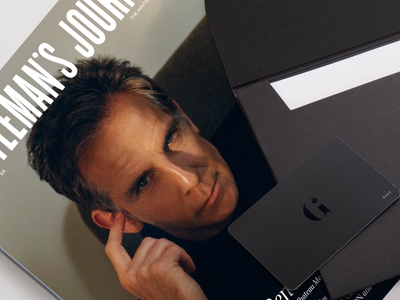
Become a Gentleman’s Journal Member?
Like the Gentleman’s Journal? Why not join the Clubhouse, a special kind of private club where members receive offers and experiences from hand-picked, premium brands. You will also receive invites to exclusive events, the quarterly print magazine delivered directly to your door and your own membership card.
Further reading

Editor’s Picks: Nothing phone, Ressence watch, clothsurgeon jacket and Tom Straker’s bread knife

Summit essentials: The best gear and gadgets for the ski season
